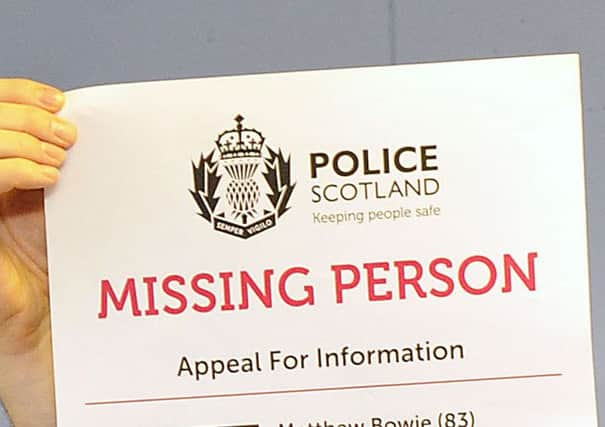Malcolm Graham: Work is underway to shape the police force of the future


Policing and partners have blunted the public violence that predominated when I entered the police service, and we are extremely successful at solving this most serious crime.
It’s police activity where we have no discretion to fail – and sadly we will still probably be dealing with some murders in a decade’s time.
Advertisement
Hide AdAdvertisement
Hide AdYet each year more people who go missing in Scotland end up dead than the total number of those murdered.
Missing persons work is one of the most demand-intensive areas of police work - more than theft, more than drugs, more than housebreaking.
Understanding how these demands impact upon our resources today and in the future is a key part of work underway by Police Scotland and the Scottish Police Authority (SPA) to develop a policing strategy for the coming decade.
Whether it is demand from members of the public, demand generated by protective services like managing offenders in the community, preventative demands like early intervention, or pre-planned demand around events we are pulling together a picture of what modern policing looks like.
Scotland by 2026 is likely to be larger in population, more diverse, warmer, more digitally-connected than today. People will be living their lives differently – both by choice and necessity.
Vulnerable individuals within our community are increasingly shaping where and how the police workforce is deployed every bit as much as crime.
From nearly 3.5 million contacts with the public, only around 1 in 5 incidents attended by Police Scotland result in a crime report.
In most parts of the country, nearly one in every five officer hours committed to incidents is spent on missing persons or where concerns for a person have been raised.
Advertisement
Hide AdAdvertisement
Hide AdI highlight missing persons not because we are advocating any retreat or retrenchment from police involvement. No one in policing begins a journey towards a different future with any desire for policing to break its bond with the public as its service of last resort.
Instead it is to focus attention on where policing can maximise the quality of our policing effect for all the parts of the community.
That may be about decisions that policing take, but it is just as likely to be influenced by the decisions others make about how they manage their own risks, resources and relationships.
Evidence is growing that there are unmet needs and requirements within parts of our communities looking for the positive policing effect in their changing lives – cybercrime is one such area but the most local aspects of our policing is another.
The creation of the single service has mitigated the impact of public spending constraints on policing.
But it has also drawn civic attention away from the key policing question of our generation - how to maintain a positive policing effect when both the population’s needs and the parameters of the job are changing?
This strategic focus is an opportunity to bring these issues to the forefront of an informed public conversation on how best to align the next decade of resources to an accurate picture of need.
To build the policing services we need for the kind of lives we want to live.
Malcolm Graham is assistant chief constable of Police Scotland